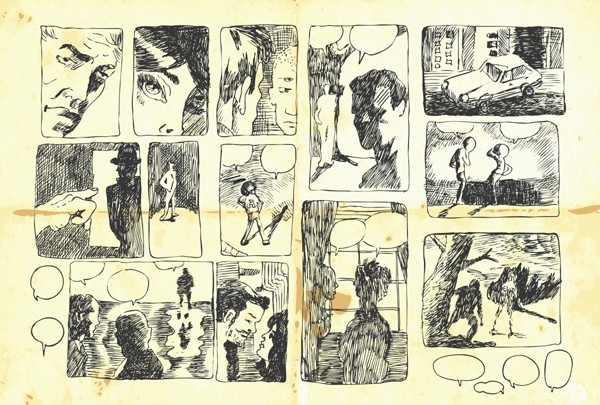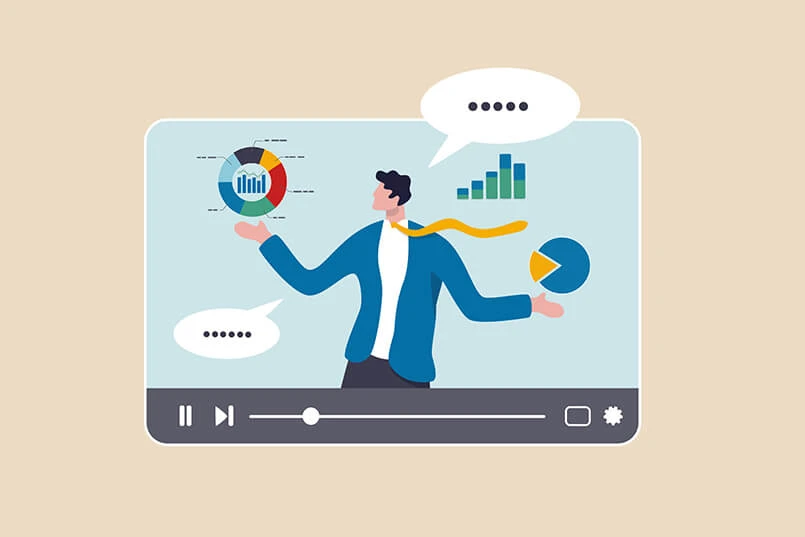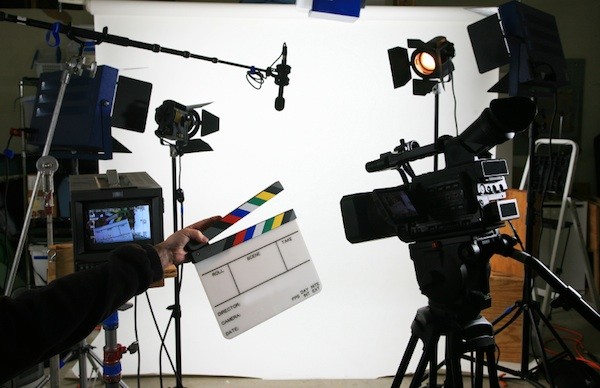I found this article by Michael Grills who has a company called Big City Story.
Michael articulates the need for storyboards as a production tool far better than I can.
9 Ways Storyboards Lower Your Production Risk: by Michael Grills
I typically do storyboards for three different types of clients:
- Top level creative agencies
- High value e-learning companies, and
- AAA video game companies.
They have two reasons to call me.
The first is that they want me to add value and insight to a project, the second is to save money by lowering their production risk.
Most of the conceptualizing and problem solving for a video project is in the planning, which some people don’t want to spend too much time on. Yet the most expensive part is actually in the production.
Production requires many hands. There’s the director, the sound designer, the cameramen, the actors, and other important crew to get a shot done.
If your concept is just in your head and you get it wrong on set – or even worse, after the shoot – you’re not going to get your money back. You’re going to have to reschedule, reorganize, and redo the budget for the entire project.
Without pre-production conceptualization, you also risk miscommunication with the client. Remember that until it’s on a screen in front of them for review…it’s all been in their imagination. Suddenly their perception of the project might change dramatically. If you haven’t explained it well enough up to this point, they’re more often than not going to be very disappointed.
Here are the 9 ways storyboards lower your production risk:
1. Storyboards reveal if a concept is working
Storyboards lower your production risk by revealing if a concept is working. When you’re not sure if the concept is going to work you can use a storyboard to hammer out the details.
I have one partner who does this all the time. Sometimes I storyboard more than one concept before his client sees anything. This allows him to collaborate with the client about which direction they should take.
If it’s on brand and strikes a chord then he gets more client buy-in from the beginning, proving that he has the whole vision under control.
2. Storyboards reveal the pacing
This takes a bit of collaboration between the director, editor and storyboard artist, but by including the pauses and actions in a storyboard, the team can start to envision the pacing of a scene. Allow for contrast between key moments, the ups and downs, and creating anticipation in the audience.
3. Storyboards reveal timing
This is especially important on quick commercials. Fifteen seconds is not a lot of time and a storyboard of your ideas can help you figure out if you’re on track.
I recommend one second per board on quick videos so the director can figure out how much she can pack into each moment.
4. Storyboards reveal the punch line
Storyboards reveal the punch line especially if it’s a visual joke. Recently I worked on a commercial that relied on a series of physical jokes. Some were working and some didn’t. Working with the client and the creative director we were able to figure out where each punch line landed.
Jokes are all about timing and while the editor is responsible for most of that, it’s good to have the whole team seeing the joke before they start working.
5. Storyboards reveal character
It’s good to show the client the facial emotions and the attitude of the actor or animated characters before you get into production. This will help communicate the subtle moments that are just as important as some of the more obvious ones.
6. Storyboards reveal better angles
Lately I see so many missed opportunities in lower budget media. Just a little planning could have improved a shot dramatically making it much more impactful.
If your cameraman is not told where to put the camera he is going to do a lot of guessing about how an angle should work.
If you need extra tools like trucks or cranes, it’s going to change the budget so you should be planning for these before you show up on set.
Your production manager will be much happier if you let him know ahead of time the tools you need.
7. Storyboards reveal shot locations
Recently a partner and I were talking about the final reveal of a commercial. We both agreed that a particular location reveal would nail the concept, but we settled on a halfway solution that would save production costs and which neither of us was happy with.
Once the storyboard was reviewed it was obvious to the client that the impact was lost by settling on a halfway solution. This discovery would not have been made until after the shoot and would’ve been ripe with tons of technical issues if we hadn’t tried both versions in the inexpensive, low risk version of the storyboard.
8. Storyboards reveal subtle actions
Actors act, directors direct and when everybody’s in the moment, thinking about their own contribution, they don’t always realize that something’s missing. It may be just some very tiny detail that, if only it had been thought about ahead of time, would be in there making it a great shot.
What about being in the moment on set? If your mind is full of all the details that should have been in the script you’re going to miss opportunities for innovation during the shoot.
9. Storyboards reveal complications
Storyboards lower your production risk by revealing complications. With all the editing software out there, it feels like you can do pretty much anything. But there are limits to any idea.
If you take the time to storyboard out an idea you can find out just how complicated it actually is. This will either help to brainstorm solutions or you will realize the shot is much too risky and you need to do something simpler.
Don’t risk the production costs on ideas you haven’t planned all the way through. You can save money, enhance the concept and spot all the tricky details if you just invest in a storyboard to help lead you through the shoot.
Want to know some basic storyboard lingo? Click here to learn what a master shot is.
In addition …
Well, Michael has sure nailed the reasons for having a detailed storyboard.
I would just like to add that when you take a storyboard and make it into a timed animatic with audio you can learn a lot more about the pace of a TVC.
TrinityP3 always suggests to all our production clients that they get a timed storyboard put down on tape. If it all goes by at such a pace that it is difficult to comprehend, then it is time to rework it before the shoot.
After all who wants shots left on the cutting room floor?
Nobody! It’s a waste of money as well as time that could have been dedicated to finessing the TVC that will fit into the 30 or 15 seconds allocated.
Michael’s web site and the “Click here to learn what a master shot is” links are both well worth a visit.
To find our how TrinityP3 Marketing Management Consultants can help you further with this, click here.



